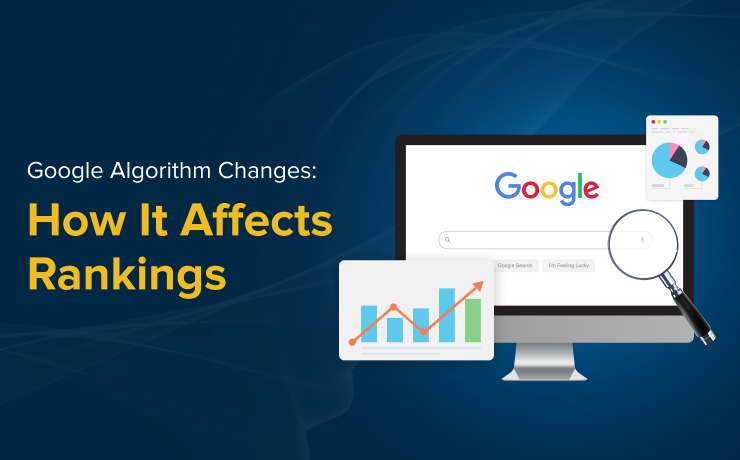SEO Content Strategy 2024: The Ideal Length For Blog Posts

Chad Faith
Director of Content

Crafting an effective blogging strategy is essential for driving organic traffic and boosting your online presence. One crucial aspect of this strategy is determining the ideal length for blog posts. So, how long should a blog post be in 2024 to maximize its impact on search engine rankings and audience engagement? Let’s explore.
Understanding the Importance of Blog Post Length
The length of your blog posts plays a significant role in their performance on search engine results pages (SERPs) and their ability to engage readers. Longer posts often provide more comprehensive coverage of topics, making them valuable resources for users seeking in-depth information. However, shorter posts can be more concise and easier to digest, catering to audiences with limited time or attention spans.
Factors Influencing Blog Post Length
Several factors should inform your decision regarding the length of your blog posts:
- Audience Preferences: Consider the preferences and behavior of your target audience. Are they more likely to engage with shorter, snappier content, or do they prefer detailed, long-form articles?
- Search Intent: Analyze the search intent behind relevant keywords and topics. Some queries may require detailed explanations, while others can be addressed more succinctly.
- Competitive Landscape: Assess the content strategies of your competitors and identify opportunities to differentiate your posts based on length and depth of coverage.
- Content Goals: Determine the objectives of your blog posts. Are you aiming to educate, entertain, persuade, or convert your audience? The length of your content should align with these goals.
How Long Should A Blog Post Be for Maximal SEO Results?
While there is no one-size-fits-all answer to this question, industry experts and data analysis offer insights into effective blog post lengths for SEO purposes. Let’s examine some general guidelines and recommendations:
Long-Form vs. Short-Form Content
Long-form content, typically consisting of 1,000 words or more, has gained popularity in recent years due to its potential to rank higher on SERPs and provide comprehensive information to readers. However, short-form content, ranging from 300 to 700 words, can also be effective for capturing attention and delivering concise messages.
Benefits of Long-Form Blog Posts
- Higher Search Rankings: Long-form content tends to perform better in search engine rankings, especially for competitive keywords and topics.
- Increased Authority: In-depth articles demonstrate expertise and authority on a subject, earning the trust of readers and industry peers.
- Enhanced Engagement: Long-form posts have the potential to keep readers engaged for longer periods, reducing bounce rates and increasing dwell time on your website.
Advantages of Short-Form Blog Posts
- Quick Consumption: Shorter posts are more suitable for audiences seeking quick answers or overviews of topics without investing significant time.
- Improved Readability: Concise content is easier to scan and digest, making it appealing to readers with limited attention spans or mobile users.
- Greater Flexibility: Short-form posts allow for more frequent updates and agile content creation, catering to changing audience preferences and search trends.
Determining the Ideal Length for Your Blog Posts
When deciding on the length of your blog posts, consider the following steps to align your content strategy with your goals and audience needs:
Conduct Audience Research
Understand the preferences, interests, and pain points of your target audience through surveys, interviews, and social media analytics. Identify their preferred content formats and consumption habits to tailor your blog posts accordingly.
Analyze Keyword Intent
Perform keyword research to identify relevant topics and queries with varying search intents. Match the length of your blog posts to the complexity and depth of the targeted keywords, ensuring alignment between user expectations and content delivery.
Evaluate Competitor Strategies
Study the content strategies of your competitors to identify gaps, opportunities, and trends in your industry. Analyze the length, format, and engagement levels of their blog posts to inform your own content decisions and differentiate your brand.
Set Clear Objectives
Define the objectives and key performance indicators (KPIs) for your blog posts, such as increased website traffic, higher conversion rates, or improved brand visibility. Tailor the length and depth of your content to support these goals and deliver measurable results.
Test and Iterate
Experiment with different blog post lengths, formats, and styles to gauge audience response and performance metrics. Continuously monitor and analyze the impact of your content on SEO rankings, user engagement, and conversion rates, adjusting your strategy based on insights and feedback. At SmartSites, we specialize in delivering best-in-class digital marketing services, including blogging services, tailored to your unique needs. With our proven strategies and reliable execution, we can help you outsmart the competition and achieve your marketing goals. Whether you’re looking to increase website traffic, acquire more customers, or boost sales, we have the expertise and resources to make it happen. Trust us to provide comprehensive solutions that drive results and propel your business forward in the digital landscape.
 Free
Consultation
Free
Consultation Free
Google Ads Audit
Free
Google Ads Audit







